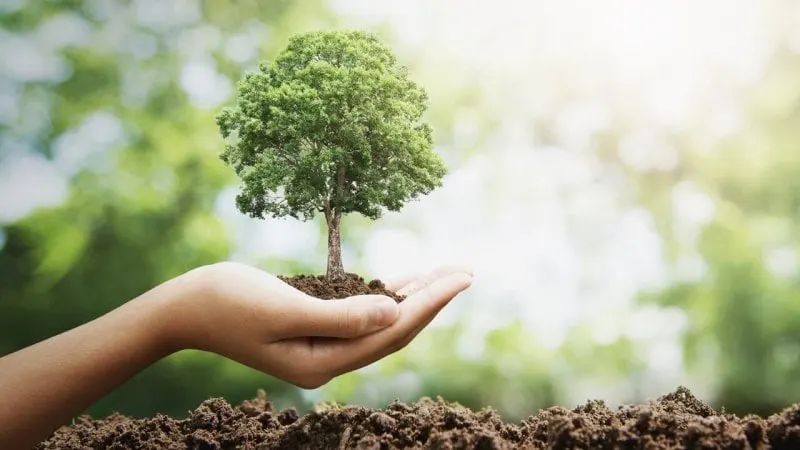In a world grappling with environmental challenges and global warming, reforestation stands out as a powerful solution that offers numerous benefits to combat climate related hazards.
By planting trees in areas that have been deforested or are devoid of forests, reforestation can unlock a range of positive effects: from combating climate change to fostering biodiversity, as it holds a key to a healthier planet and thriving communities. Climate change is one of the most pressing global issues, and reforestation plays a crucial role in mitigating it. Trees are champions in absorbing carbon dioxide (CO2) from the atmosphere through the process of photosynthesis that’s why forests are called carbon sinks. By planting trees and restoring forests, it is possible to effectively sequester carbon to reduce greenhouse gas emissions. Forests had a remarkable ability to regulate local and regional climates.
The shade provides by tree canopies helps reduce temperatures, creating a cooling effect in urban areas. Through evaporation, trees release water vapor into the air, further cooling the surrounding environment. Reforested areas act as natural air-conditioners, mitigating the urban heat island effect, which is a phenomenon where urban areas experience higher temperatures than surrounding rural areas. Trees can reduce heat-related stress and premature deaths during high temperatures and heat-waves. The World Health Organization recorded that from 1998 to 2017, more than 166,000 people died due to heat-waves, with this risk increasing due to climate change. By planting trees strategically in urban settings, microclimates could be created that provide respite from the heat and improve overall climate resilience. In an era of increasing air pollution, trees emerge as natures air purifiers. They absorb harmful pollutants such as nitrogen dioxide, sulphur dioxide, ozone, and particulate matter, thereby improving air quality. Through photosynthesis, trees also release oxygen, which is vital for our wellbeing. Reforestation efforts had the potential to combat respiratory health problems, such as asthma and other respiratory illnesses. According to the WHO, nine out of ten people worldwide breathe polluted air.
This produces millions of preventable illnesses and deaths. By increasing tree cover in urban areas and near industrial zones, we can create cleaner and healthier environments for communities. Biodiversity is vital for all life on Earth, and forests are vibrant ecosystems that support a wide array of plant and animal species. Humans use at least 40,000 different species of plants and animals daily for food, shelter, clothing, and medicinal needs. Reforestation plays a pivotal role in preserving and restoring biodiversity. By planting a diverse range of tree species, we create habitats for various plants, insects, birds, and mammals, fostering a balanced and resilient ecosystem. Researchers have discovered that up to 2.3 million living species can depend on a single tree! Healthy soil is the foundation for sustainable agriculture and thriving ecosystems. Reforestation helps protect and restore soil health by preventing erosion and improving its structure. The extensive root systems of trees bind the soil, reducing the risk of landslides and soil degradation.









